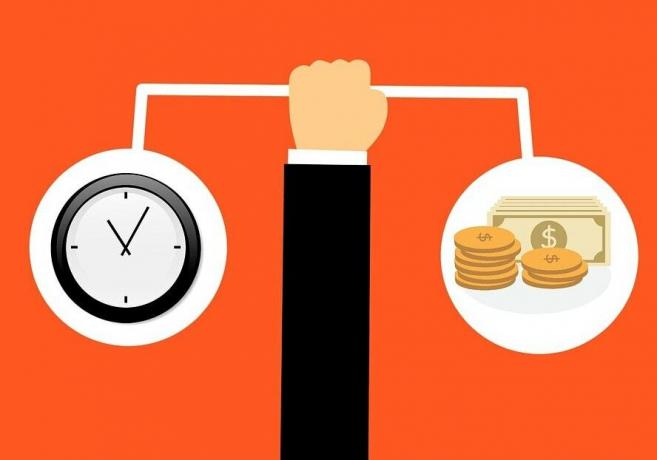The absolute advantage constitutes one of the many proposals in the economic field of Adam smith, economist and philosopher recognized for his literary work "The Wealth of Nations", where he clarifies the meaning of the exchanges of commercialization of goods between different companies and / or countries.
In this article you will find:
What is the absolute advantage?
It defines absolute advantage, such as the condition or quality that a company or country has to generate certain products using the least amount of inputs possible, compared to some other manufacturer, this means that the absolute advantage is displayed when an economic entity is developing an activity or industrializing a good at a lower cost than that produced by other competing entities in the market.
Advertisements

Absolute Advantage Features
- This conception is used to proceed to compare the productivity of one company with another, in relation to to the use of resources to produce, manufacture or elaborate goods or products, destined to the sale or to the export.
- It generates benefits in the commercialization of products, due to the comparison between companies in the same branch.
- Referring to the term "absolute advantage" denotes the idea of importing only products that the country cannot manufacture or manufactures at a disadvantage because it does not have the resources to industrialize and export.
- Among the factors to consider are climatic conditions, land quality, degree of specialization in production, degree of industrialization, relationships, among others.
Importance of absolute advantage
The Absolute Advantage It encourages healthy competition and production in such a way that all countries win in the commercialization process, in addition to raising their level of efficiency globally.
Advertisements
Without falling in supremacy over other nations, the absolute advantage encourages the production skills of the companies in the different countries, making each nation capable of producing its own goods and services, also facilitating the activities of export.
Absolute advantage versus comparative advantage
In contrast to absolute advantage, arises the comparative advantage which was proposed by the economist David Ricardo who states that if a country does not have an absolute advantage, it achieves a comparative advantage, so the commercialization process is maintained.
Advertisements
Just as the absolute advantage refers to the fact that one of the countries is superior in terms of the production of a product or, the comparative advantage It is conditioned by the opportunity cost that exists for a nation, generating a certain good without the need to originate another product.
Being in conditions of absolute advantage means that a certain company or nation produces a good or service more efficiently than others. Being in conditions of comparative advantage means that a certain company in the nation spends fewer inputs when it generates a specific good.
Advertisements
Countries with the greatest absolute advantage
Since the absolute advantage results in the ability or facility assumed by certain companies and / or countries to produce goods or products and since this condition is seen reflected in exports, generating more competitive prices among them, then the main countries with greater advantage in terms of the manufacture of their products.
- China: Thanks to its technological capacity, it is a leader in the manufacture and export of machines, automobiles, cellular equipment, computer equipment, broadcast equipment and many other products.
- United States: Leading manufacturer of soy products, canned foods and beverages, hydrocarbons, engines, armaments, parts, pieces and spare parts for automobiles, passenger vehicles, products pharmacists, etc.
- Germany: Its largest production is beer, vehicles, computer equipment, electrical equipment, health products, etc.
- Japan: Tools and machinery, processed foods, transportation equipment, technology equipment, vehicles, computer equipment, pharmaceuticals, etc.
- The Netherlands: Its industrial growth is based on products of agronomy, flower cultivation, chemical industry, drinking water processing, among others.
- France: Airplanes, helicopters, medicines, spare parts and tools for vehicles, spare parts for airplanes, among others.
- Korea: Textile industry, shellfish packaging, soybean oil, truck parts, transportation, etc.
- United Kingdom: Vehicles, drugs, gas turbines, etc.
- Russia: Crude and refined oil, vehicles, drugs, computer equipment, broadcasting equipment, etc.
- Italy: Medicines, refined oil, valves, etc.


